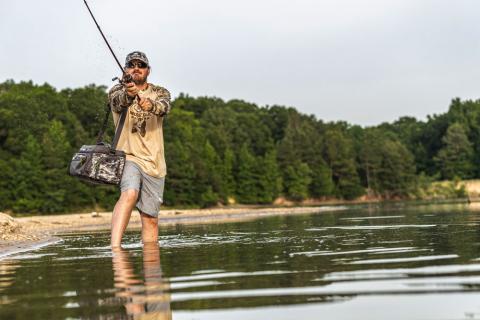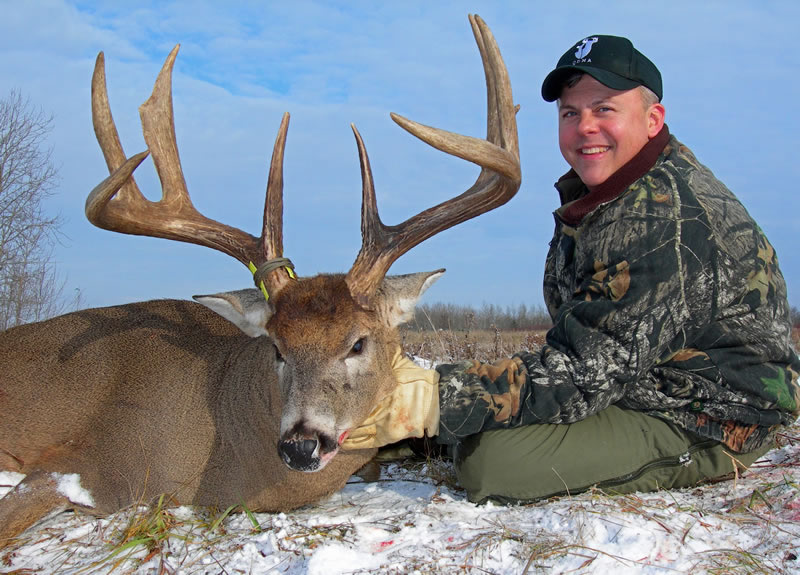
Todd Amenrud
Many hunters want to know, “what are the triggers that make mature bucks get up and move during legal hunting hours?” This way we can maximize our hunting time and we don’t need to burn our pristine hunting locations when the odds aren’t in our favor. The problem is there are many influences dictating whitetail movement; however, some are more important than others.
Back in the 80s and early 90s I was involved in a study we called the “W.M.W.M. Study” (What Makes Whitetails Move). While the findings of the study were to be used in a book and video, I really had a more selfish motive…I wanted to know under what conditions proved to give the best potential for seeing more deer and harvesting mature bucks. There is the possibility of having a successful hunt just about any day, but I wanted to maximize my time. Keep in mind this was before smart-phones and trail cameras made it MUCH easier to gather said information.
We documented numerous statistics such as temperature, wind direction and speed, lunar phase and position, cloud cover, precipitation, relative humidity and barometer, among several others. We took these readings when we began our observations and then again when we finished, to record if there were any significant changes during the period. We recorded how many whitetails we saw, what activity they were engaged in (feeding, chasing, traveling, breeding, etc.), when the activity happened and how long it lasted.
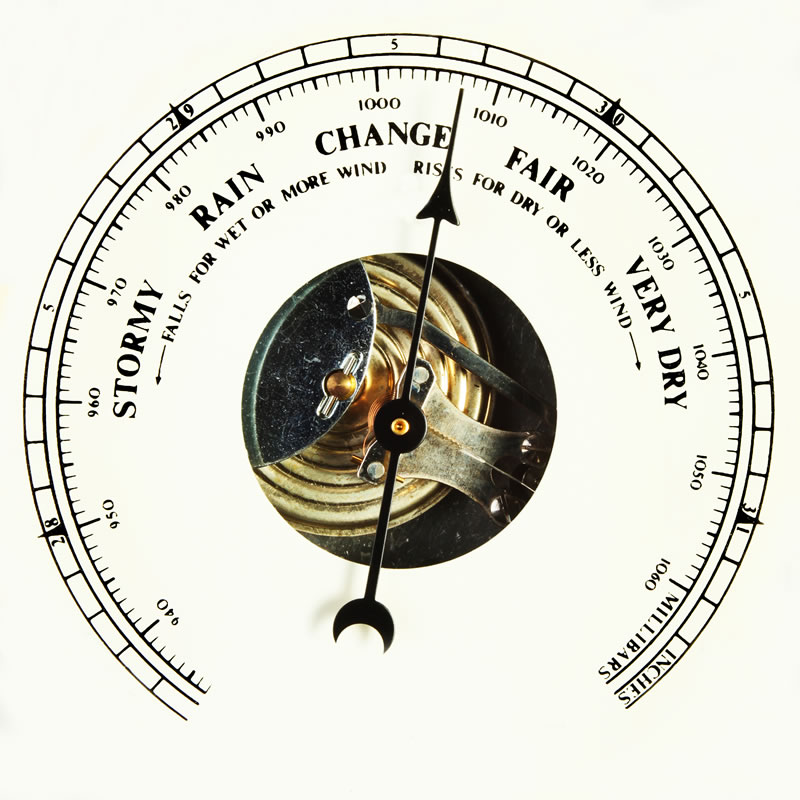 We also had two unmolested, private, captive, “control herds” in large enclosures that could be watched any time to give us something to weigh against our “wild findings.” We hoped that we would find the mysterious combination of factors that would give us an edge in the whitetail-woods.
We also had two unmolested, private, captive, “control herds” in large enclosures that could be watched any time to give us something to weigh against our “wild findings.” We hoped that we would find the mysterious combination of factors that would give us an edge in the whitetail-woods.
Without newer technology; we wrote our notes on paper in pencil. We collected data for seven years, however, I have continued on gathering this information for my own benefit and since the introduction of new technology it’s so much easier. Now-days it’s simple to collect data and record it, but the findings are the same.
While there is a “comfort zone” within each of the influences we recorded (for example; the amount of light the moon puts off combined with the amount of cloud cover, or they don’t like to move as much when it’s too hot or too cold, or too windy or raining/snowing, etc.), the barometric pressure had more influence than any other stimulus.
In my view, no other aspect of the weather has as big an influence on deer movement as the atmospheric pressure, also known as the barometric pressure. Whitetails have the ability to sense these changes. A barometer is the instrument we measure this with and it refers to the amount of air pressure exerted by air molecules against the earth’s surface. It’s the increase, decrease, or stabilization of this pressure that affects deer behavior, sometimes significantly.
Many of you may have witnessed this escalation or decline in deer movement and not known why it was happening. We've all had days, even a week or more when you have to admit, it was tough and deer sightings were rare. If you hunt long enough you’ll definitely experience a lull caused by this. Then all of a sudden deer appear as if God opened up the “drain plug” on a sink full of whitetails! Unfortunately, they can mysteriously vanish again just as abruptly.
It’s not “hocus-pocus;” it’s “atmospheric air density” that triggers this activity. More to the point, it's the rapidly rising or falling barometric pressure that precedes or follows a weather front that seems to show the biggest impacts. Anytime the barometer is moving is a time you want to be in the woods.
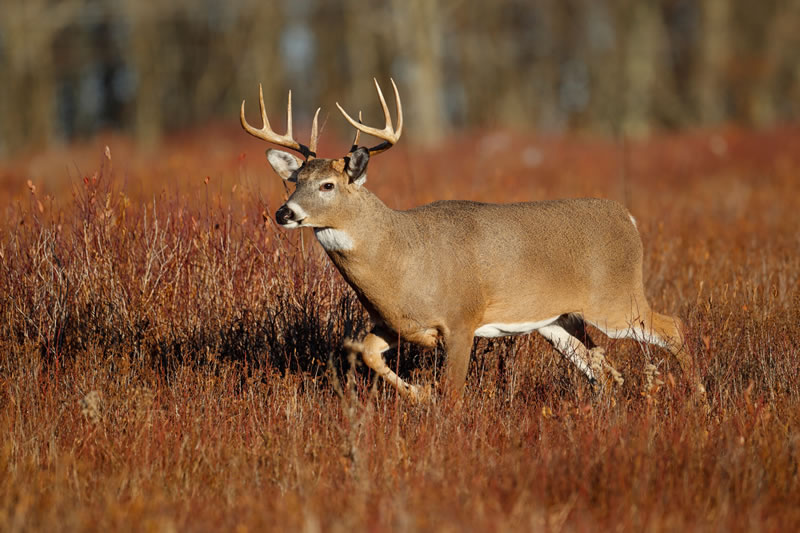
You may have heard your news weather-person mention the terms “low-pressure” or “high-pressure.” This terminology simply refers to increased or decreased barometric pressure within a weather system. If the air molecules above the earth’s surface are not as dense, the result will be a decrease in barometric pressure. The resulting low-pressure system is known to usher in clouds, rain and/or snow. High pressure on the other hand, tends to be clear or very few clouds, low humidity and fair weather.
A whitetails’ inner ear works very much the same way a barometer works. In fact, it’s said that ancient man also had the ability to better sense these changes. My lab, Annabell, heads to the basement whenever we have low pressure. Believe it or not, I can also sense the change.
Our modern problem is, if you’re watching your barometer at home…you’re too late. Instead, you must anticipate the movement by predicting when weather fronts will arrive and leave your hunting area. On the leading edge and tail edge of the front, the barometer will fall or rise – that’s when you want to “be in the tree.”
A high, stable barometer is also good hunting. After compiling our results, whitetails seem to move best when the pressure is between 29.90 and 30.30 inches with the best movement occurring at the higher end of that range, around 30.10 to 30.30 inches. I’ve also seen this with mule deer and pronghorn and it’s likely true with many other animals.
A lot of the “high pressure” fronts will come with wind. Numerous trophies are shot immediately after sustained high winds have died down. I’m not sure, are the whitetails just avoiding the gale or sensing the barometric change that ushered it in, probably both.
Keep in mind you must also have other factors in your favor, or more so, “your deer herd’s favor,” if you wish to see the barometric pressure’s influence. If the temperature is outside their comfort range or maybe hunting pressure keeps them bedded, the impact won’t be as significant. Molested whitetails aren’t going to want to move during legal hunting light no matter what the barometer tells them.
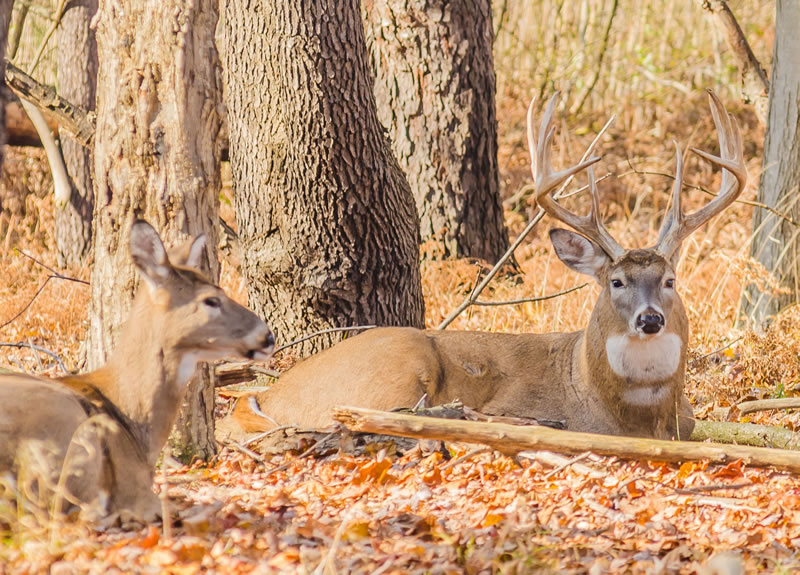
“Whitetails being able to sense the change in barometric pressure” is likely Mother Nature’s way of protecting the herd. The pressure’s change tells the animals they may have to bed down for a period so they better “put on the feed-bag” (or finish whatever activity they’re involved in) before the coming weather front arrives.
In my opinion, the biggest impression can be seen in northern zones just before and just after a major snow storm or blizzard. If you can’t predict when this will happen before the front hits, make certain to be in your treestand when the storm breaks – activity is all but guaranteed.
Remember that barometric pressure is only one contributing factor to deer movement. In my view, it is one of the most important elements and should not be overlooked. However, it’s really a combination of factors that all contribute to deer movement. Keep an eye on the barometer, but don’t use it as your only way to predict your herd’s activity.














